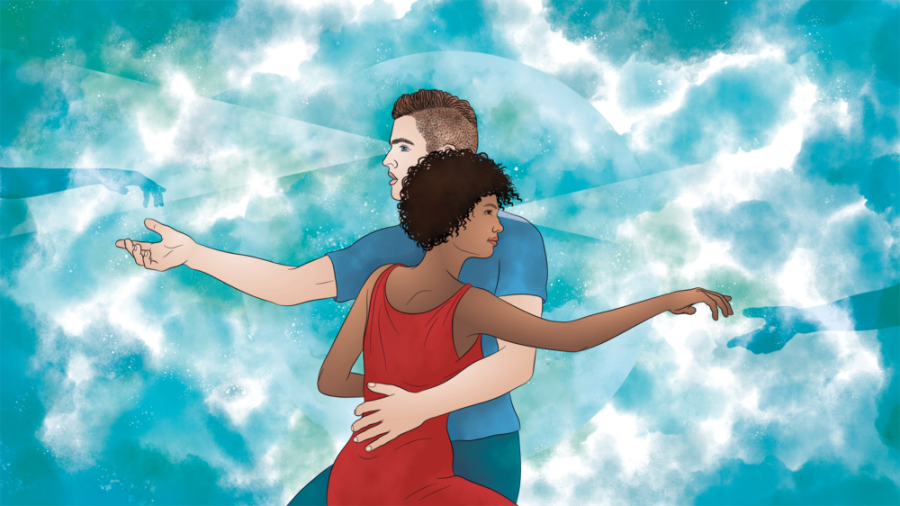A Book or Two: Healthy Depictions of Non-Monogamous Relationships in Books
May 1, 2022
Having heard of the concept of polyamory from friends and those in literary circles, I was shocked to find that representation of these relationships in literature was so readily available and seldom discussed. Whether it is a young person discovering polyamory for the first time or an established couple educating themselves on their relationship dynamics, the inclusion of consensually non-monogamous relationships in literature remains important.
A Book or Two
When the subject of non-monogamy first appeared to me in literature, it came in the form of Gabby Rivera’s young adult novel “Juliet Takes A Breath.” Protagonist Juliet learns of non-monogamous relationships during her internship with feminist author Harlowe Brisbane. Brisbane and her primary partner Maxine have a conversation with Juliet about their relationship structure and introduce her to the concept of hierarchical polyamory. Rivera’s novel explores the concept of consensual non-monogamous relationships honestly and through intersectional feminist lenses that discuss the importance of acknowledging and understanding connections formed in polyamorous relationships with interracial dynamics.
In reading Mary McCoy’s “Indestructible Object,” I expected polyamory to feature strongly in the book after finding it on a ranking of great polyamorous books, but books can involve polyamory without centering it in their narratives. McCoy explores relationship dynamics through main character Lee and her boyfriend Vincent. There are moments of discomfort and betrayal, but the book culminates in a moment of growth and an understanding that loving multiple people doesn’t make one flawed, but allows the indestructible object of the heart, as McCoy wrote about it, to keep beating and loving in its own time.
Reading books about non-monogamous relationships, or books where they are present on some level, allows for an understanding of different lifestyles and dynamics in both fictional and non-fictional contexts.
Experienced and Personal Narratives
The subject of non-monogamy is still widely taboo in most places and to most people. It isn’t something that people speak up about for fear of stigma or loss of professional and personal connections. Sex and relationship therapist Susan Wenzel’s book, “A Happy Life in an Open Relationship,” provides context from professional and personal standpoints. Wenzel herself is in an open marriage with her husband Denys.
While the book is geared toward open relationships wherein primary partners are prioritized over non-hierarchical polyamorous dynamics, it offers plenty of starting points for those who may be curious about consensually non-monogamous relationships and the many forms that they can take. Other non-fictional depictions of guides to non-monogamous lifestyles include “The Ethical Slut” and “Polysecure.” Both books are widely considered some of the most popular and extensive guides to non-monogamous relationships.
Curiosity about non-monogamy may be piqued through a desire to explore the taboos of one’s culture or a desire to learn more about different relationship structures and their potential benefits to a relationship. Books are a wonderful source of information in these moments.
To see young adult literature engaging with non-monogamous relationships amid self-discovery and coming of age is particularly powerful and brings to mind the importance of representation across a variety of identities and intersections.








